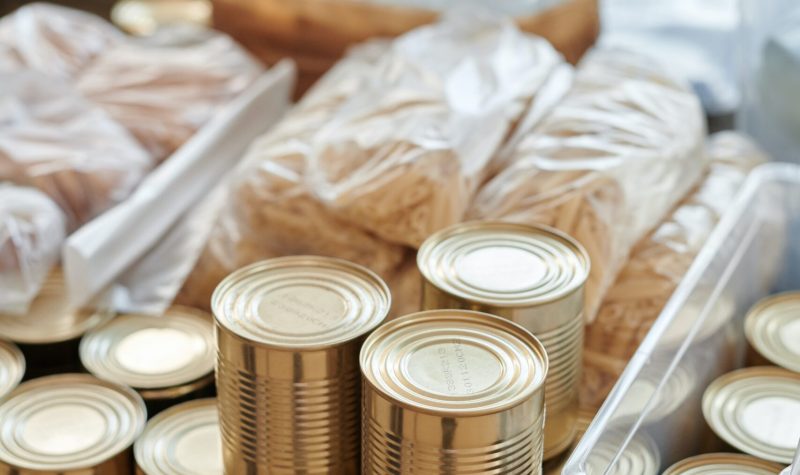The Ottawa Food Bank received over $213,000 in donations this year, as well as nearly 61,000 pounds of food.
The donations were collected as part of this year’s CTV Holiday Helpers Food Drive, an annual effort to tackle food insecurity in Ottawa. For every dollar donated, the Ottawa Food Bank is able to spend five—meaning the total donations will give them over $1-million in spending power.
As defined by Ottawa Public Health (OPH), food insecurity is when individuals or families are stressed about affording food, struggle to afford balanced diets, go hungry or eat less than the recommended amount for financial reasons, or don’t have access to food they need due to a lack of finances.
According to OPH, around 14 per cent of Ottawa households experienced food insecurity in 2019. Nearly 10 per cent of those said their food situation was moderate to severe.
The Ottawa Food Bank works alongside 112 local organizations to collect, purchase, grow, and distribute food to almost 40,000 people every month. Every year around the holidays, they face an increased demand for service.
Rachael Wilson, CEO of the Ottawa Food Bank, says the correlation between food insecurity and the holiday season isn’t coincidental.
“So, during the winter months, when it's more costly to heat your home, buying boots and winter clothes for growing children, we know that those costs go up, but the income doesn't increase at the same pace,” says Wilson. “So, typically, we see a lot of people coming to a food bank during the winter months, because they just can't afford to make ends meet.”
According to Wilson, there has been a growing demand for fresh food, partially due to rising costs from inflation. The Ottawa Food Bank encourages donations of non-perishables food items, but Wilson says the money collected from this year’s charity drive will help purchase fresh foods like fruits and vegetables, meat, dairy and eggs.
Wilson says the effects of the pandemic on food insecurity were staggered thanks to benefits like the Canada Emergency Response Benefit. However, since those supports have ended, there has been an increase in people asking for help.
“So since the summer, we're seeing about a 17 per cent increase in people turning to a food bank,” says Wilson. “Back in April of 2020, we started doing home deliveries as well. Now, since May of 2021, we've seen an increase in our home deliveries by about 40 per cent. So although it was sort of leveling off for a couple of months there during early 2021, we're now starting to see the numbers creep up again.”
A report from January 2021 indicates that the increased demand led to an extra $145,000 in food costs every month.
The food bank is planning for a “long-term increased response,” according to Wilson. She recalls that when the economic recession hit in 2008, the Ottawa Food Bank didn’t feel the full strain until two years later.
“We're imagining that the same sort of scenario is going to happen over the next couple of months, that we will have people who are turning to a food bank,” says Wilson. “Because although many jobs are coming back, not all of them are. So, there are going to be many people who are unemployed or under-employed, who still need to access a food bank. So we're preparing for that long-term increased need.”
In fact, Wilson says the increase in demand has led the Ottawa Food Bank to purchase a larger building to keep up. The move will take place some time in the new year.
Although the annual holiday donation drive has ended, the Ottawa Food Bank accepts donations year-round. Wilson encourages donors to think of what people could make a meal with — i.e. pasta, sauces, canned meat, rice, etc.
Click here for a full list of Ottawa Food Bank’s most needed items.
Listen to the CHUO story below:


